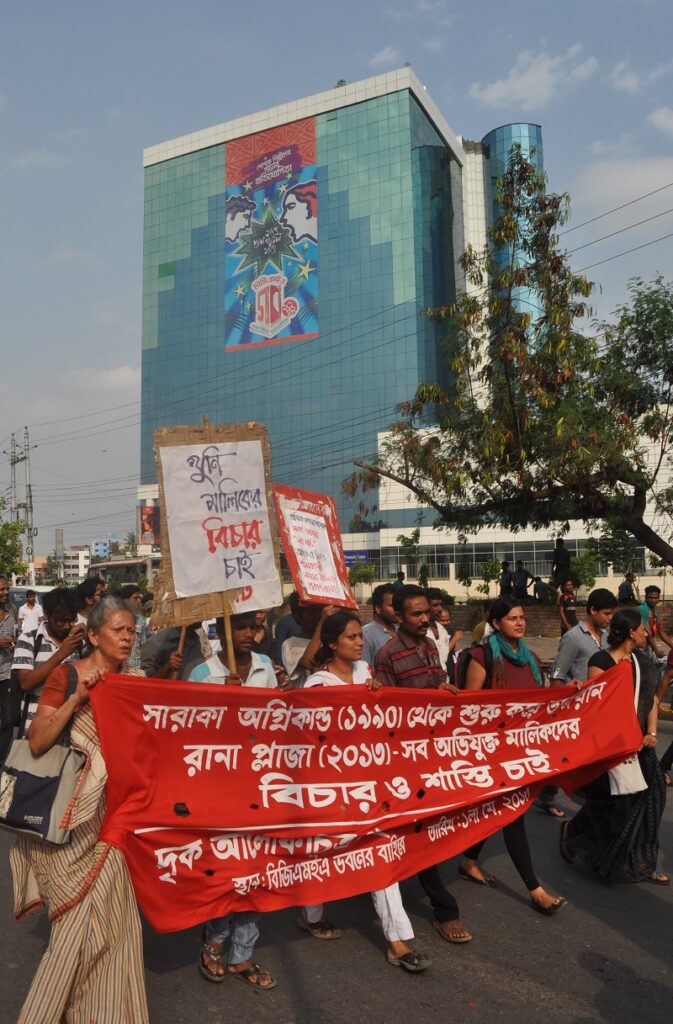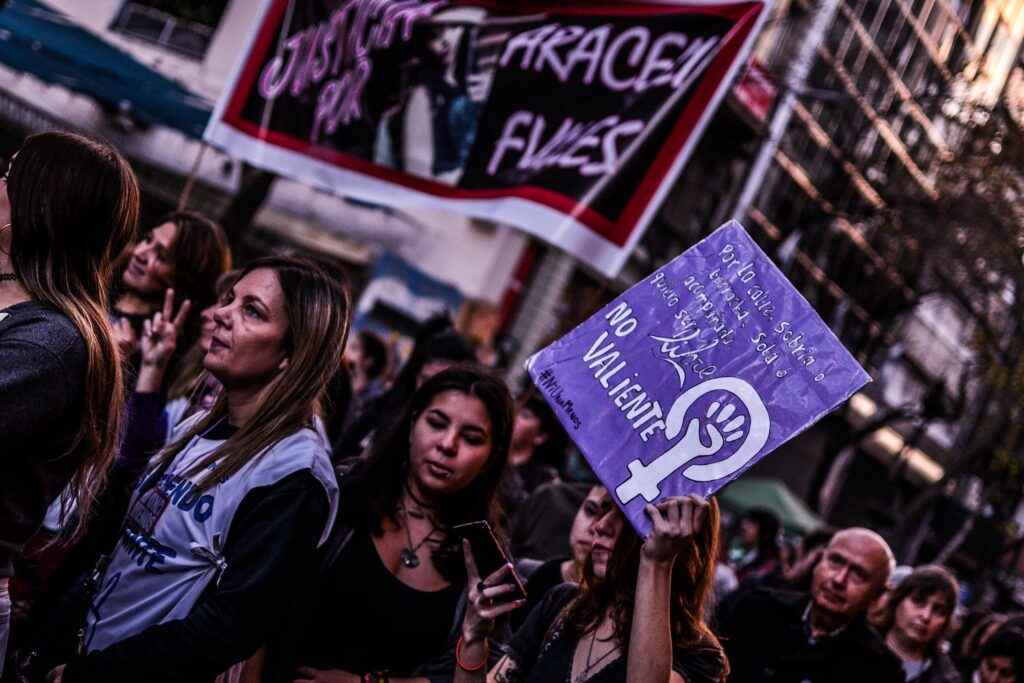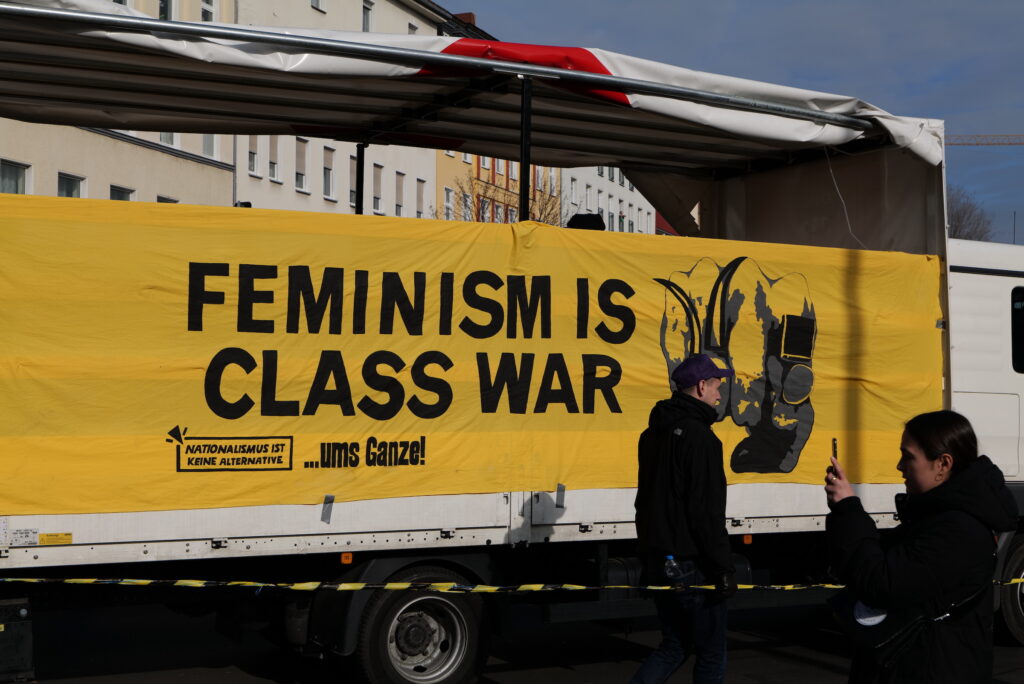Global production networks, as we know today, have repeatedly failed to ensure the rights of workers and their health and safety. These failings have been exposed time and again whenever there has been a disaster. To address these failings, transnational activists have long been arguing for various types of multi-sectoral initiatives (MSIs) in global supply chains that involve private companies, trade union networks from both the global south and north, and national governments. Against this general backdrop and the emergence of some types of MSIs, questions for labor rights activists and critical researchers have become pertinent. What should be our position on transnational regulatory mechanisms or hybrid mechanisms in the “upstream” of the supply chains? What kind of organizational and legal relations should such regimes have; especially so vis-à-vis the state in which they operate? Could such agreements improve workplace health and safety? What role could they have in ensuring workers’ rights?
In this brief essay, I particularly focus on Bangladesh’s ready-made garment industry (RMG) and discuss the plight of one such MSI; the Bangladesh Accord that came into effect after two cataclysmic industrial disasters, namely the Tazreen fire and Rana Plaza building collapse. While thinking through some of the questions, I show that this much-coveted initiative, developed and imagined in the transnational spheres of activism, has faced resistance from key stakeholders of the RMG sector in Bangladesh (i.e., the BGMEA, the representatives of garments employer’s association). I argue that the country’s business elite associated with the RMG sector has been instrumental in facilitating the transformation of the Accord into a national corporate venture, making sure that their interests are protected. In the absence of any political will from the state (in the neoliberal order political will perhaps is an outdated idea), I contend that hybrid governance initiatives are somewhat destined to fail given the government’s strong dependence on the business class for its export earnings (i.e., the state business nexus). The story of Bangladesh Accord’s rise and fall or its continued existence under a new name precisely points to the strong leverage that the country’s business class enjoy over the state.
The emergence of the Bangladesh Accord
The Bangladesh Accord is a legally binding agreement between global brands and retailers on the one hand and IndustriALL Global Union, UNI Global Union, and their Bangladesh-based affiliate unions on the other hand. The signatories aim to work towards a safe and healthy garment and textile industry in Bangladesh. It came into effect after two cataclysmic events, namely the Tazreen Factory fire (2012) and the Rana Plaza building collapse (2013), which killed 119 and 1134 workers respectively and injured many more. Over 220 companies signed the five-year Accord, and by May 2018 the work of the Bangladesh Accord had achieved significant progress for safer workplaces that covered millions of Bangladeshi garment workers. To maintain and expand the progress achieved under the 2013 Accord, over 190 brands and retailers signed the 2018 Transition Accord with the global unions, a renewed agreement that entered into effect on 1 June 2018.
Some international rights organizations and campaign groups have been instrumental in materializing the Accord in Bangladesh. Many believed it would provide a unique opportunity for a collaboration between national and international rights groups and labor rights organizations on the one hand and international retailers and brands on the other hand to begin a ‘fire and building’ inspection regime in Bangladesh. For labor-rights activists working in the global north, a legally binding agreement between brands and trade unions had been a long-standing demand to transition from the previous voluntary standard for garment production to a “binding” standard.

In design, the Accord is best understood as multi-stakeholder-oriented, with scopes for the participation of activists and civil society, both national and transnational.
Although private governance has been a timeworn mechanism in the garment export sector and has been in use for many years in different forms to assess supplier conduct, scholars have noted some differences between private governance and the newly installed Bangladesh Accord. The Accord has been an experiment in “co-governed private regulation” that included global union federations in addition to foreign brands and had the potential to challenge the relations of power between labor and employers.
The stated objective of the Bangladesh Accord has been to introduce an inspection regime aiming for “a safe and sustainable Bangladeshi Ready-Made Garments (“RMG”) industry in which no worker needs to fear fires, building collapses, or other accidents that could be prevented with reasonable health and safety measures” (quoted from the Accord on Fire and Building Safety in Bangladesh text dated May 13, 2013). However, the said inspections have been limited to factories from where the signatory brands of the Accord sourced their products. The Accord had built-in training programs for what it called the workers’ “empowerment” and “awareness” and had plans for the sustainability of the project.
A look back at the period immediately after the Rana Plaza disaster reveals that when it comes to labor reforms, the Bangladeshi government (i.e., the Ministry of Commerce and the Ministry of Labour and Employment) mostly reacted to the situation, responding foremost to the demands put forward by the European Union and the USA. Curiously, the US embassy in Dhaka made a lot of the noises to bring in changes in the labor law for issues such as freedom of association of the workers and easing rules for the EPZs so that worker’s rights were protected. On the face of it, the government complied with these demands, as reflected in amendments to the Bangladesh Labour Law in 2013 (which first came into effect in 2006). In government documents, the main concern for these amendments was slated as “workers’ safety, welfare, and rights and promoting trade unionism and collective bargaining”. The National Occupational Health and Safety Policy was also adopted by the government in 2013. In total, the government reported 76 amended sections and 8 new sections incorporated in the Bangladesh Labour Act. The government also changed the EPZ legislation and introduced rights to unionization which were previously withheld.
The BGMEA smear campaign against the Bangladesh Accord
In the first five years of its mandate, the Bangladesh Accord secured a remediation process for a good number of factories and was deemed “successful” by transnational observers. But as time elapsed and the disaster faded from international public memory it became apparent that the remediation requirements enforced by the Accord administration were not welcomed by factory owners and particularly not by the Bangladesh Garment Manufacturers and Exporters Association (BGMEA). More and more “voices” that criticized the Accord appeared in public discussions, pamphlets, and workshops organized by the factory owning elite and their representatives in Dhaka.
The BGMEA is the trade body that looks after the interests of local capitalists in the sector. It enjoys leverage over the government because of the export earnings from garment manufacturing. Their semi-clandestine campaign against the Accord indicates new safety procedures were not easy to flout and turned out to be a “costly” endeavor for local factory owners. Industry leaders showed detest for the new mechanisms publicly in newspaper op-eds. During a workshop organized by an international non-governmental organization working in Dhaka, one owner of a group of factories with an important position in the BGMEA demanded that factory owners should have the option for “self-governance” (statement from the managing director of a renowned group of industries in a day-long policy event space organized by Friedrich-Ebert-Stiftung (FES), Dhaka (n.d.), personal observation).
There is clear evidence to suggest that throughout the implementation period of the Accord, the relationship between the BGMEA and the Accord enforcement teams deteriorated. Important representatives of the government evaluated the Accord’s new governance regime as “interfering” with the state’s affairs. At one roundtable discussion held in Dhaka in July 2018, an official from the Ministry of Labour and Employment stated that they were willing to cancel the Accord’s provisions for good. It is worthwhile to note that during the implementation period of the Accord, the opinions expressed by the Minister of Commerce closely matched those of the BGMEA and the business elite of the country. Enforcement of the Accord has been dubbed as “excesses” by a government key spokesperson, indicating how the government simply dovetailed BGMEA on matters of workplace safety. While the BGMEA’s detest for the Accord perfectly fits with the logic of capitalism in the garment sector, what should we make of the government’s detest for the Accord?
The links between government and BGMEA
As the Accord’s tenure drew to a close and an extension was on the table, the friction came out in the open. After news reports that the BGMEA was committed to bringing all the “different regimes” of governance under one roof, the association developed a proposal to this effect for government approval. As recent as August 2019 the BGMEA is on record to have brought allegations against the Accord for its “going alone” policy even though the association committed to a cooperation between the Accord team and the BGMEA’s “local entrepreneurs and experts”. Indeed, the signatories to the Accord’s extension on 21 June 2017 agreed to continue a fire and building safety program in Bangladesh until midnight of May 31, 2021, after which the task would be handed over to a national regulatory body supported by the International Labor Organization.
In January 2020, a deal was struck between the Accord associations and the BGMEA to establish a Ready-Made Garment Sustainability Council (RSC) which would replace the Accord and operate within the regulatory framework of the laws of Bangladesh. Some international labour rights groups and networks made allegations in a witness signatories’ brief that the RSC’s takeover of the Accord’s Bangladesh operations was an upshot of a “protracted campaign” by the Government of Bangladesh and factory owners against the Accord. Among other things, that employers’ campaign included a court case against the Accord, sued by one disgruntled garment factory owner in Dhaka.
At the inauguration of the RSC, the new initiative was praised as an unprecedented “national” supply chain initiative, adding a flair of nationalism in business. The Accord press statement on the transition said, “RSC is a newly established not-for-profit company in Bangladesh created and governed by global apparel companies, trade unions, and manufacturers.” It was officially registered on May 20, 2020, to be “a permanent safety monitoring and compliance body in the RMG sector in Bangladesh.” All the signatory companies and unions of the Accord and the BGMEA agreed to establish the RSC through a Memorandum of Understanding (MoU) signed on May 8, 2019. It was also stipulated that the “RSC will continue with factory inspections, remediation monitoring, safety training, and a safety & health complaints mechanism at the RMG factories supplying to Accord signatory companies” and that the programs “will be implemented following the protocols and procedures developed by the Accord, which have also been inherited by the RSC.” The statement further noted:
With the transition of the Accord’s Bangladesh office and operations to the RSC, the RSC becomes the organization implementing the in-country safety inspections and programs of the legally binding 2018 Transition Accord agreement between global companies and unions. To ensure the provisions of the 2018 Transition Accord on remediation, inspections, training, and complaints programs are fully and adequately implemented, the Accord International Secretariat based in Amsterdam will cooperate with and support the RSC.
RSC released the following press release now found on its newly established website.
Today the functions of the Bangladesh offices of the Accord on Fire and Building Safety in Bangladesh have transitioned to the RMG Sustainability Council (RSC), a permanent national [organisation] with equal representation from RMG manufacturers, global apparel companies, and trade unions representing garment workers.
The press release quoted three people representing three parties of the RSC Board of Directors. Dr. Rubana Huq, the then President of the BGMEA and industry representative on the RSC Board of Directors, said “The RSC is an unprecedented national initiative and through our collective efforts with the brands and trade unions, we will make sure that Bangladesh remains one of the safest countries to source RMG products from.” China Rahman, General Secretary of the IndustriALL Bangladesh Council and trade unions representative on the RSC Board of Directors, said, “Together with our Bangladeshi trade union affiliates, we will help ensure workers in RMG factories have safe workplaces and have access to remedy to address safety concerns and exercise the right to safe workplaces. We will work to ensure that workers […] have trust in the newly established RSC”. Roger Hubert, Regional Head for Bangladesh, Pakistan and Ethiopia for the multinational high-street retailer H&M and brand representative on the RSC Board of Directors, said: “With the establishment of the RSC, brands can continue to honour their supply chain responsibilities that they have committed to through the Accord signed with the trade unions. The RSC will provide the assurance that workplace safety will continue to be addressed throughout out Bangladeshi RMG supply chain.” Dr. Huq was categorical in stating that the RSC received its license for operation from the commerce ministry and had taken over ACCORD’s current office and offered all existing staff members to join the RSC.
Uncertain futures under corporate control
After Bangladesh Accord’s transition to a new name there has not been much in the news about ongoing activities. The Accord’s continued operation with new arrangements under the Ministry of Commerce indicates the business elite’s close ties with the ruling political party in Bangladesh. It points to the local power nexus that are at play and business interests prevailing over all other considerations, something commonly seen in literature on global production networks. For all the symbolism involved with the RSC and its “new beginnings”, it is apparent that a truce has been found for the time being. Paradoxically, the “new” developments may resemble a move towards a structural power approach to the problem at hand, where the state’s role is seen as paramount. But in the absence of any political will from the state’s ruling political block, one cannot be too hopeful.
Mahmudul H Sumon is a Professor at the Department of Anthropology, Jahangirnagar University, Bangladesh. He can be contacted at: sumonmahmud@juniv.edu.
Cite as: Sumon, Mahmudul H. 2022. “What do we learn from hybrid governance in Bangladesh’s garments sector?” Focaalblog, 13 September. https://www.focaalblog.com/2022/09/14/mahmudul-h-sumon-what-do-we-learn-from-hybrid-governance-in-bangladeshs-garments-sector/



